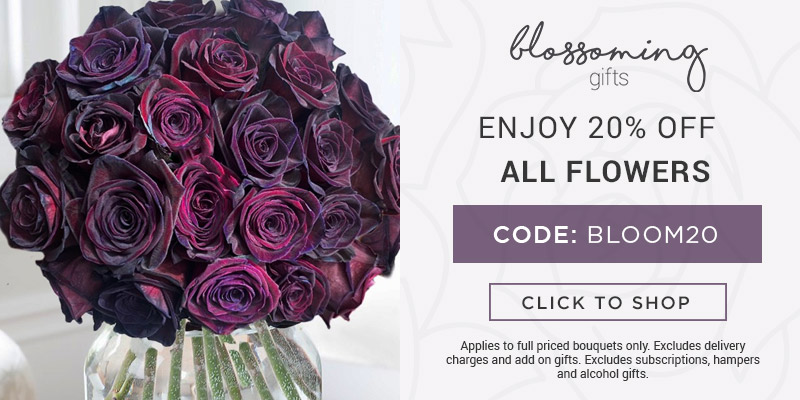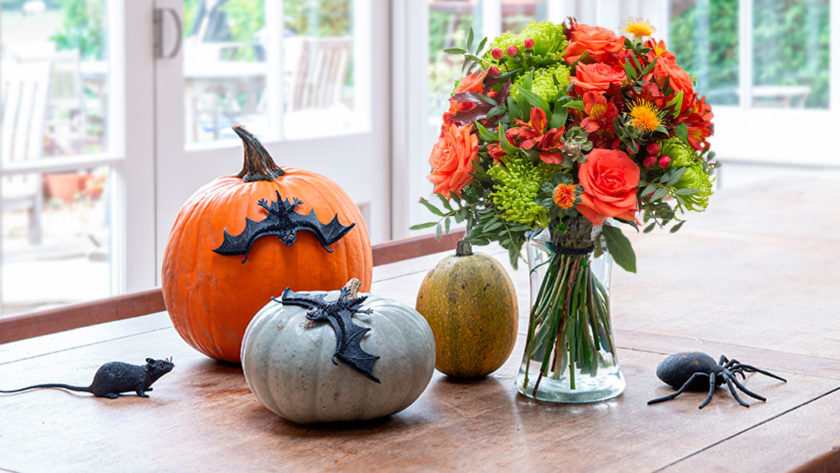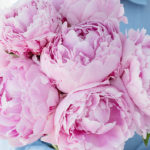Flowers may be mostly bright and beautiful, but our planet is also home to some blood-curdling blooms you never knew existed…until now.
From the Indonesian lily that smells like rotting flesh to the forest fungus that looks like it’s bleeding, there are some seriously spooky species lurking in the undergrowth.
Halloween is just around the corner, ready to jump out and scare us, so what better time to hunt out Earth’s most devilish natural wonders?
Doll’s Eyes
Actaea Pachypoda
These spooky berries resemble googly eyeballs on bloodied stems. Gross, huh? Found in the hardwood forests of North America, they are extremely poisonous to humans, causing cardiac arrest and often death if eaten. Don’t say we didn’t warn you…
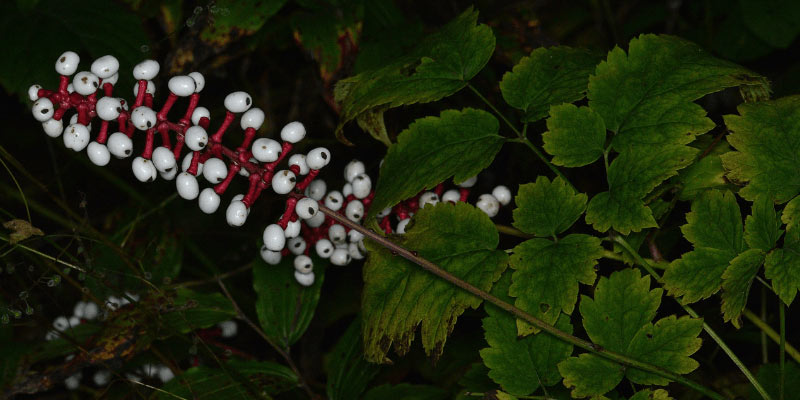
Ghost Plant
Monotropa uniflora
Named after its pallid appearance, this scary flower resides in the dank, dark corners of temperate regions around the world. It doesn’t contain chlorophyll, instead acting as a parasite and stealing food from nearby fungi, who in turn latch onto trees.
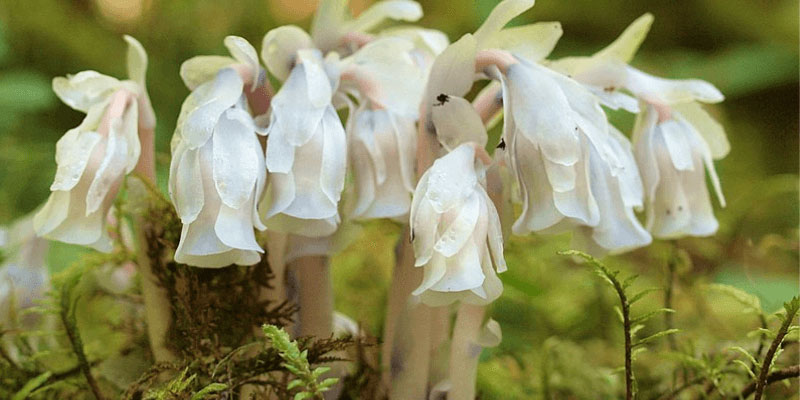
Bleeding Tooth Fungus
Hydnellum Peckii
Mushrooms are never pretty, but this is arguably the rankest fungus on the planet. Found mostly in the forested regions of North America and Europe, its pale pink flesh ‘bleeds’ red secretions and its base is studded with spiky spines. Despite its horror movie looks, it’s not toxic. In fact, it also goes by the name of Strawberries and Cream, but it has a disappointingly bitter taste.
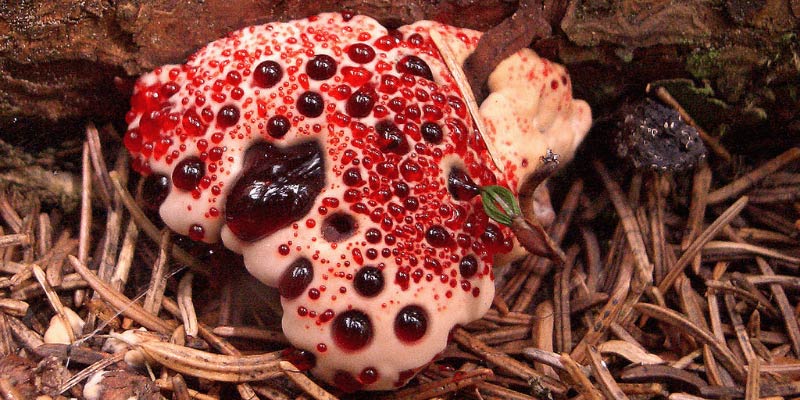
Venus Flytrap
Dionaea Muscipula
You might have spotted this carnivorous flower in garden centres, such is its appealing novelty factor. It likes to feast on flies, but won’t turn down a tasty meal of ants, spiders, beetles and grasshoppers. It catches its prey in touch-sensitive traps that snap shut faster than you can blink (a tenth of a second, to be exact). Frightening, but fun.
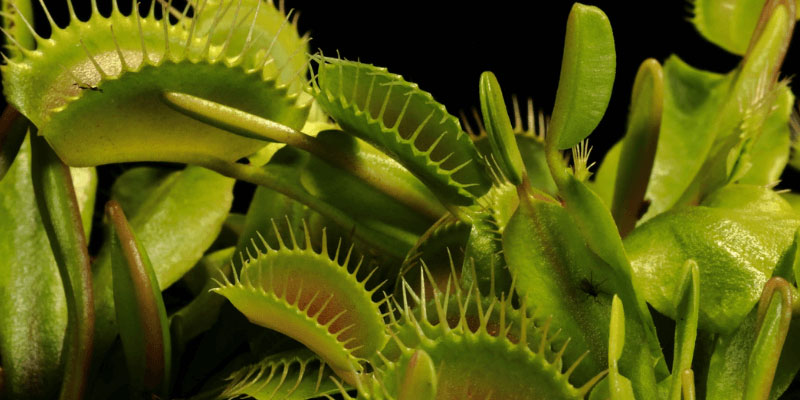
Brain Mushroom
Gyromitra esculenta
Otherwise known as Elephant Ears, this brain-like fungus is most commonly found in Poland and Germany. The older it gets, the more wrinkly it becomes – just like us! It’s another enemy of our digestive system, causing a host of nasty neurological and gastrointestinal symptoms, from dizziness to diarrhea.
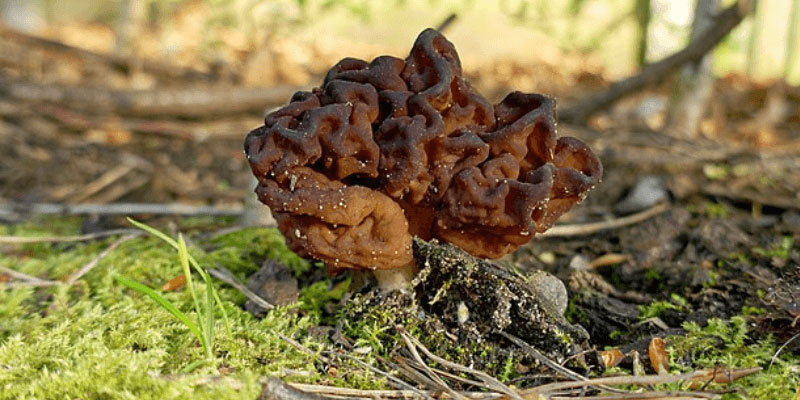
Dracula’s Flower
Dracunculus vulgaris
Native to Mediterranean countries, this spooky flower is also known as the Black Dragon or Stink Lily. In a bid to attract flies for pollination, it releases a ghastly aroma that smells like rotting meat. Its central black spike, or ‘spadix’, is draped in purple petals resembling Dracula’s cape. It also hates sunlight, just like its namesake.
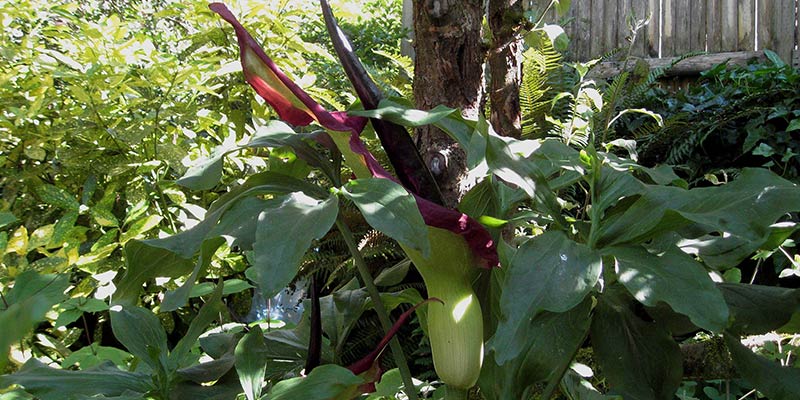
Castor Oil Plant
Ricinus communis
We know what you’re thinking. “But castor oil is used to heal wounds, right?”. Right, but the Guinness Book of World Records lists it as the most poisonous plant on the planet. Just one milligram of its poison, ricin, can kill an adult. Ricin lurks in its seeds, and at lower concentrations in its shiny burgundy leaves. Its jazzy magenta flowers may look like pom-poms, but they are also toxic.
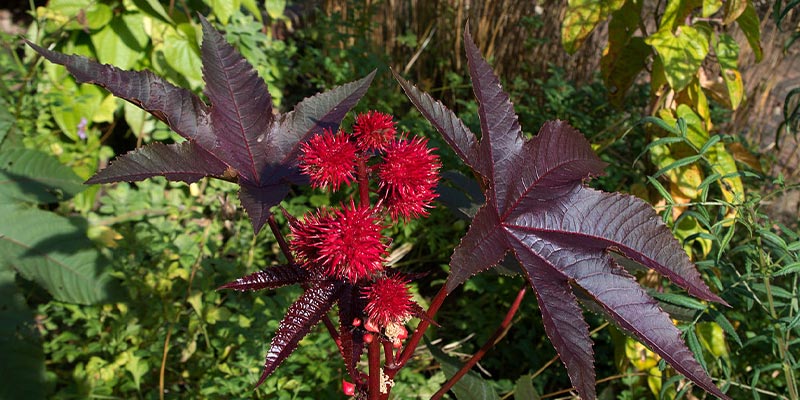
Monkey Cups
Nepenthes truncata
This rare plant from the Philippines is an even scarier version of its cousin, the Venus Flytrap. Not only does it chow down on insects, but also rats, frogs and lizards. It entices its food with a sugary nectar that monkeys supposedly like to slurp (don’t panic, our primate pals are too big to be captured). The animal then drowns, before dissolving in digestive enzymes. Bleurgh.
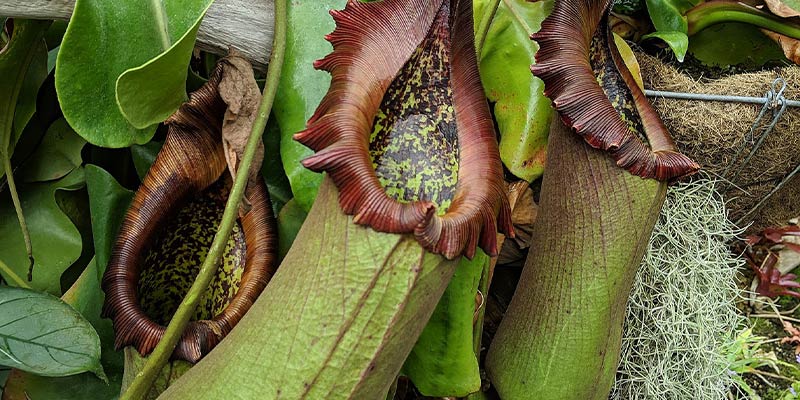
Corpse Plant
Amorphophallus titanum
Thankfully, given it smells of decaying flesh, this infamous plant only blooms in the dead of night. It lures pollinating bugs that feed on corpses, before shrivelling up a few days later. It’s one of the world’s biggest flowers, growing up to 20 feet tall and 15 feet wide. Though often found in botanical gardens, it is native to Indonesia (as is the equally rancid Corpse Lily, below).
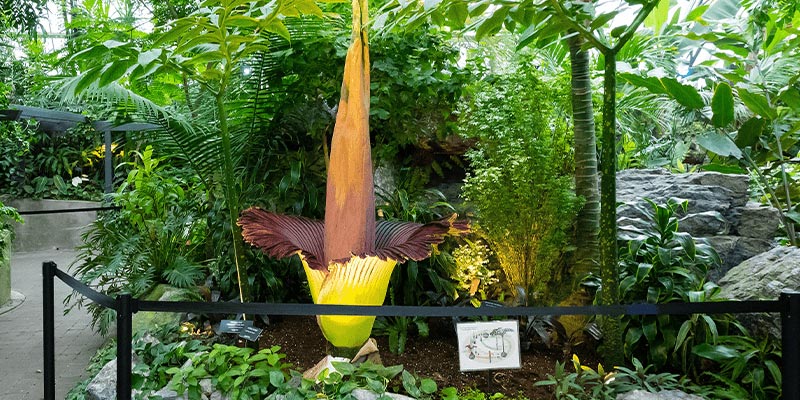
Black Bat
Tacca chantrieri
With its fang-like stamens and black, bat-shaped leaves, this eerie plant has a unique gothic beauty that would leave any Halloween bride in raptures. It’s part of the yam family (no, we don’t see the resemblance either) and, once again, it’s native to the tropical regions of southeast Asia.
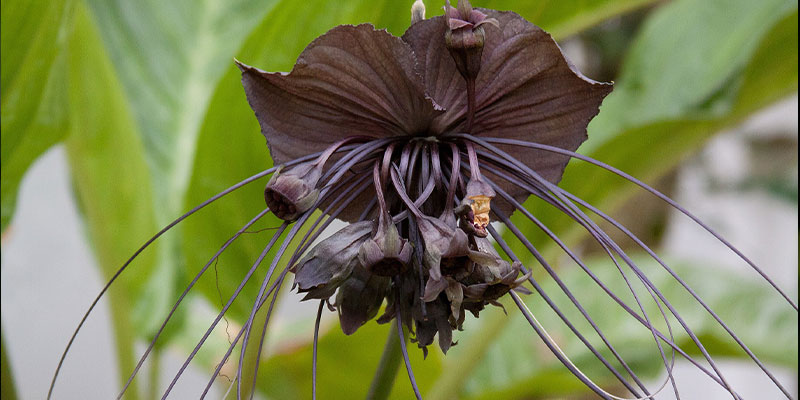
Cobra Lily
Darlingtonia californica
Got a phobia of snakes? You might want to look away, because this lily looks just like a killer cobra with its hooded leaves and forked ‘tongues’. Native to the redwood forests of northern California, it’s another carnivorous species that uses deep pitchers to trap and gobble up bugs.
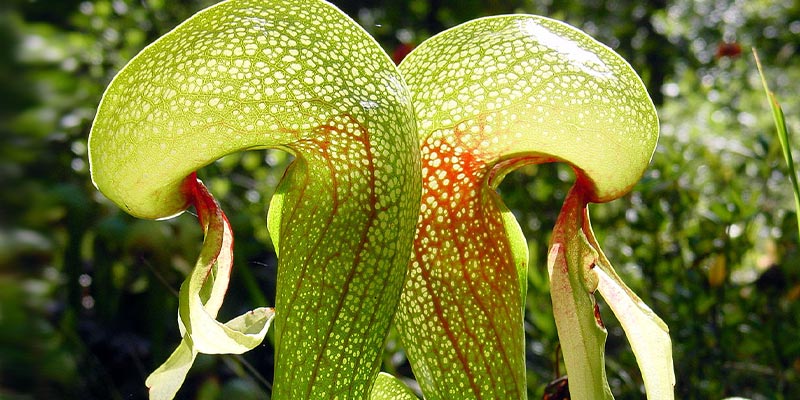
Octopus Stinkhorn
Clathrus archeri
Like a predatory creature from the deep, this plant’s ‘tentacles’ emerge from a gloopy egg. It looks like an octopus and is covered in ghastly-smelling brown goo, hence its unappealing name. Though native to Oceania, it has been found in southeast England, including in Cornwall, Kent and Surrey! Look for it near old tree stumps or piles of fallen leaves, if you dare.
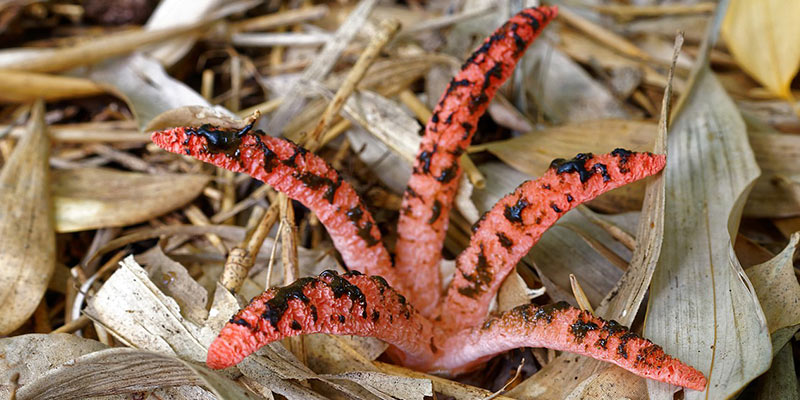
Devil’s Hand
Chiranthodendron pentadactylon
This bright red Mexican flower is shaped just like Satan’s hand, complete with five witchy talons extending like a claw. It’s sadly now endangered – a fact much scarier than its appearance.
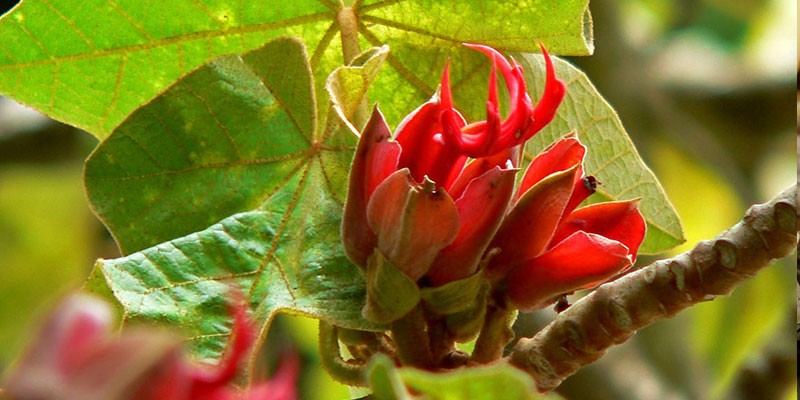
Corpse Lily
Rafflesia Arnoldii
This flower is the biggest single bloom in the world, with a diameter of a metre! It grows on the floors of Indonesian rainforests and smells as heinous as it looks, predictably like a dead body (hey, those corpse-eating bugs like it, OK?). Thankfully, it only lives for 36 hours.
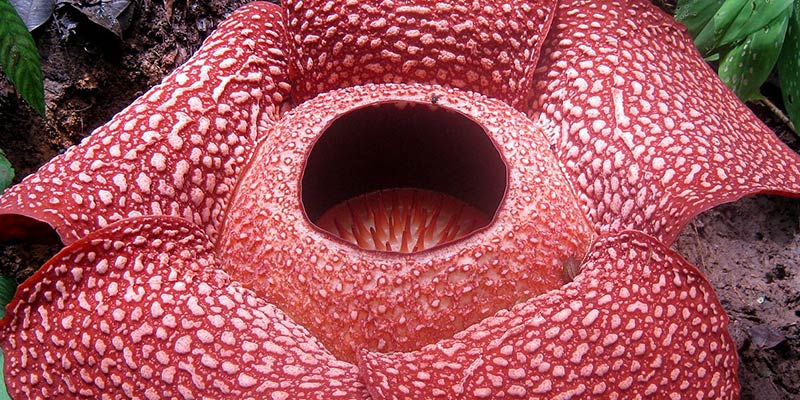
Snapdragon
Antirrhinum
On the face of it, these widely cultivated garden favourites are pretty, not scary. But once their vibrant, dragon-faced flowers fade, the residual seed pods bear an uncanny resemblance to miniature human skulls…argh!
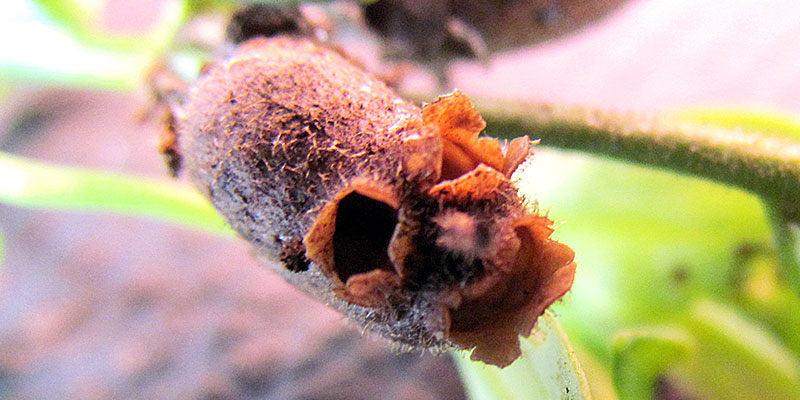
If you’re hosting a Halloween party and want to wow (read: terrify) your guests with scary flowers, look to our spooktastic black roses. They’re dyed a very deep purple and available in bunches of six, 12 or 24 stems. They’re safe for pets, too, so your black cat can safely play his all-important role in proceedings.
Or, for a more pumpkin inspired Halloween look, take a look at our autumn flowers, full of gorgeous autumnal oranges, yellows, and reds.
